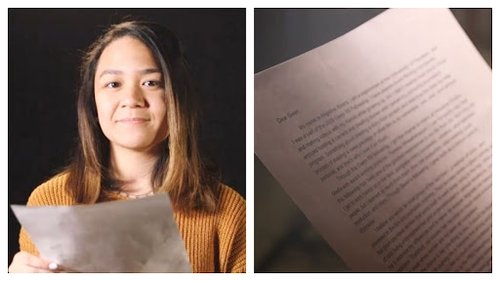
Sounds produced in their actual setting. Natural sound, commonly known as NAT sound, puts the viewer in the place the story was told by enhancing the scene(s) with video containing rich audio such as a musician singing at a train station, a storm approaching, or the sound of a tractor plowing the field.
The supplemental footage used to visually support your A-ROLL.
Search: broll.
Civics teaches the principles—such as adherence to the social contract, consent of the governed, limited government, legitimate authority, federalism, and separation of powers—that are meant to guide official institutions such as legislatures, courts, and government agencies. (NCSS D2.Civ.7.9-12 - D2.Civ.10.9-12)
Construct an explanation based on evidence for how the availability of natural resources, occurrence of natural hazards, and changes in climate have influenced human activity. (NGSS HS-ESS3-1)
Students recognize the responsibilities and opportunities for positively contributing to their digital communities. (ISTE)
Students communicate clearly and express themselves creatively for a variety of purposes using the platforms, tools, styles, formats and digital media appropriate to their goals. (ISTE)
Journalism
Video Production
Education
Projects
Intermediate
Advanced
Camera or Mobile Phone
Camera
Mobile Phone
Internet
1-2 Weeks
First, get inspired! Watch this video of young journalists reading letters they wrote to Gwen Ifill, former co-anchor of the PBS NewHour. Although this example is about a different topic and is highly produced, note how each student speaks from the heart.
Then, follow these simple steps:
You might begin your letter:
Dear Middle School [YOUR NAME]
If I could go back in time, I would want you to know….
BE CREATIVE, HAVE FUN, AND GOOD LUCK!
This challenge does not have an active deadline to submit to PBS NewsHour Student Reporting Labs. However, students are encouraged to publish their stories on their school/club/program website or through video/social platforms such as YouTube, Instagram or Twitter and tag Student Reporting Labs. Check with your teacher to find out instructions for class submissions.
FACEBOOK: /STUDENTREPORTINGLABS